13 Equations That Changed the World
March 13, 2018 by Sam StebbinsNearly every conceivable modern technology taken for granted today would not exist if it were not for specific revelations in the fields of mathematics, physics, and engineering. From the internal combustion engine used in cars to the nuclear arsenals that shape international relations, much of our modern life can be traced to several mathematical formulas and theorems that paved the way for progress.
24/7 Wall St. compiled a list of the most important mathematical formulas and theorems. While many of mathematical discoveries helped shape our world, we gave preference to those that have had the farthest-reaching practical implications and those that are the most widely revered.
Nearly every formula on this list was revolutionary, but none came out of thin air. Nearly all of these theories evolved from decades and centuries of accumulated scientific knowledge. In other words, rather than being standalone revelations, almost all of them were derived from, or expanded on, theories and equations that had been previously developed.
To have real world practicality, the equations on this list are often used with other discoveries — on this list or not. For example, modern flight would not have been possible without the contribution of Isaac Newton to our understanding of physics. Newton made countess scientific breakthroughs possible, including the lift formula the Wright brothers conceived. Not to mention, none of the electrical components on modern aircraft would be possible without the equations of James Clerk Maxwell, which describe how magnetic and electric fields behave.
In some cases, the equations on this list represent a conceptual breakthrough, even if they have since been discovered to be partially flawed. For example, Wright brothers’ lift formula of the early 20th century has since been modified into what is now known as the modern lift equation, which swaps the original measure of drag for the dynamic pressure of the air flow.
Most concepts on this list, like lift formula and Maxwell’s equations, led to feats in technology in engineering. The Dirac equation did not have immediate practical applications, but did much to support and advance modern particle physics. Meanwhile others, like Euler’s identity, are considered mathematical achievements in and of themselves.
Many concepts on this list are still shaping cutting edge scientific thought, as they contain implications beyond what was initially realized by their creator. For example, the famous formula E=mc2 was a critical part of Einstein’s theory of special relativity and though Einstein will forever be known as the formula creator, scientists today have a better understanding of the theory of relativity than Einstein himself.
To identify the mathematical discoveries that changed the world forever, 24/7 Wall St. reviewed mathematical formulas and theories from a range of sources. Those that had the farthest-reaching practical implications were favored, in addition to those that are highly revered in the field of mathematics. The list is not ranked in order of importance and is not comprehensive.
Click here to see 13 equations that changed the world.
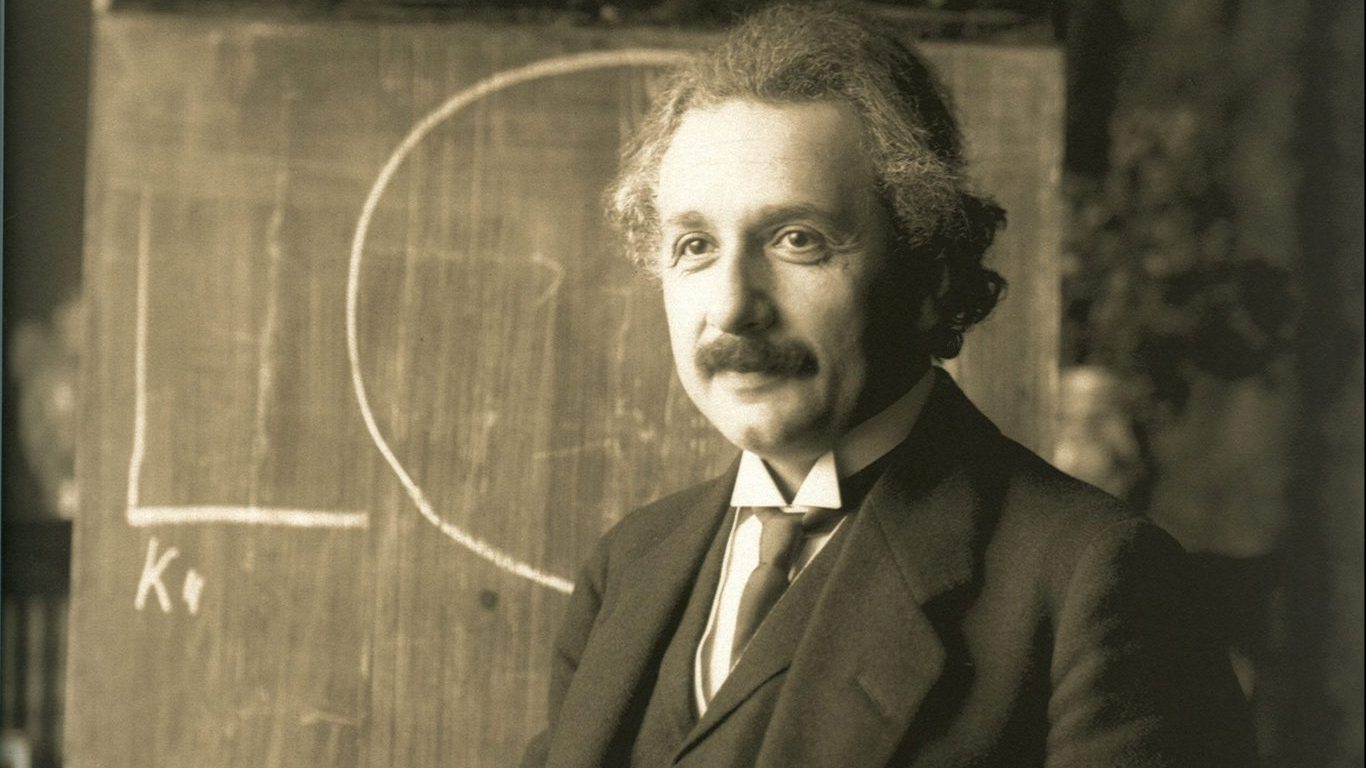
1. Special relativity
> Discovered by: Albert Einstein
> Year discovered: 1905
> Application: Conversion of mass to energy
In 1905, Einstein developed his theory of special relativity, which concerns how independently moving objects appear to each other. One important byproduct of this happened to be what is perhaps the most famous mathematical equation in the world, E=mc2. In the equation, E is energy, m is mass, and c is the speed of light. While the significance of the revelation may be lost on the layman, its implications have affected everyone alive today.
Before Albert Einstein conceived of E=mc2, mass and energy were universally assumed to be distinct from each other. Einstein’s theory, however, demonstrated they are actually the same thing, only one a highly compressed form of the other. This means that under the right circumstances, even a small object can be converted into a tremendous amount of energy — which led to the development of atomic bombs and nuclear power energy. The theory also works in reverse, meaning that under the right circumstances, energy can be converted into mass — which helps explains how matter was originally formed and our own existence. The famous equation was a key part of Einstein’s theory of special relativity, developed in 1905. The formula was also essential to Einstein’s theory of general relativity, which came a decade later and fundamentally changed the way we understand the nature of the universe.
[in-text-ad]

2. Newton’s universal law of gravitation
> Discovered by: Isaac Newton
> Year discovered: 1666
> Application: Gravity, space flight
According to legend, Isaac Newton discovered gravity quite suddenly when he sat under a tree and an apple fell on his head. In truth, though, Newton worked for years to figure out why objects were attracted to each other. His universal law of gravitation equation calculates the exact force that a particle attracts other particles. The equation calculates the force based on the objects’ masses and their distance.
While this may seem like a dry mathematical equation, it has sweeping implications. Newton’s discovery formed the basis for our understanding of one of the universe’s fundamental forces. It also made it possible for future generations to eventually escape the reach of Earth’s gravity’s and send rockets into outer space.

3. Lift formula
> Discovered by: Wilbur and Orville Wright
> Year discovered: 1903
> Application: Flight
Wilbur and Orville Wright’s contribution to science and the modern world as we know it is difficult to understate. The equation developed by the Wright brothers made manned flight possible by combining a multiple complex conditions into a single variable — the lift of an object. Generally speaking, the Wright brothers’ equation means that lift is equal to a number of variables including an aircraft’s body shape, inclination, and air conditions such as viscosity and compressibility. Because of their work, the concept of flight shifted from something relegated to the world of science fiction to a form of everyday travel. Wilbur Wright’s first flight, which lasted less than a minute as the aircraft reached just over 850 feet, would go on to fundamentally change travel, warfare, and pave the way for space exploration.
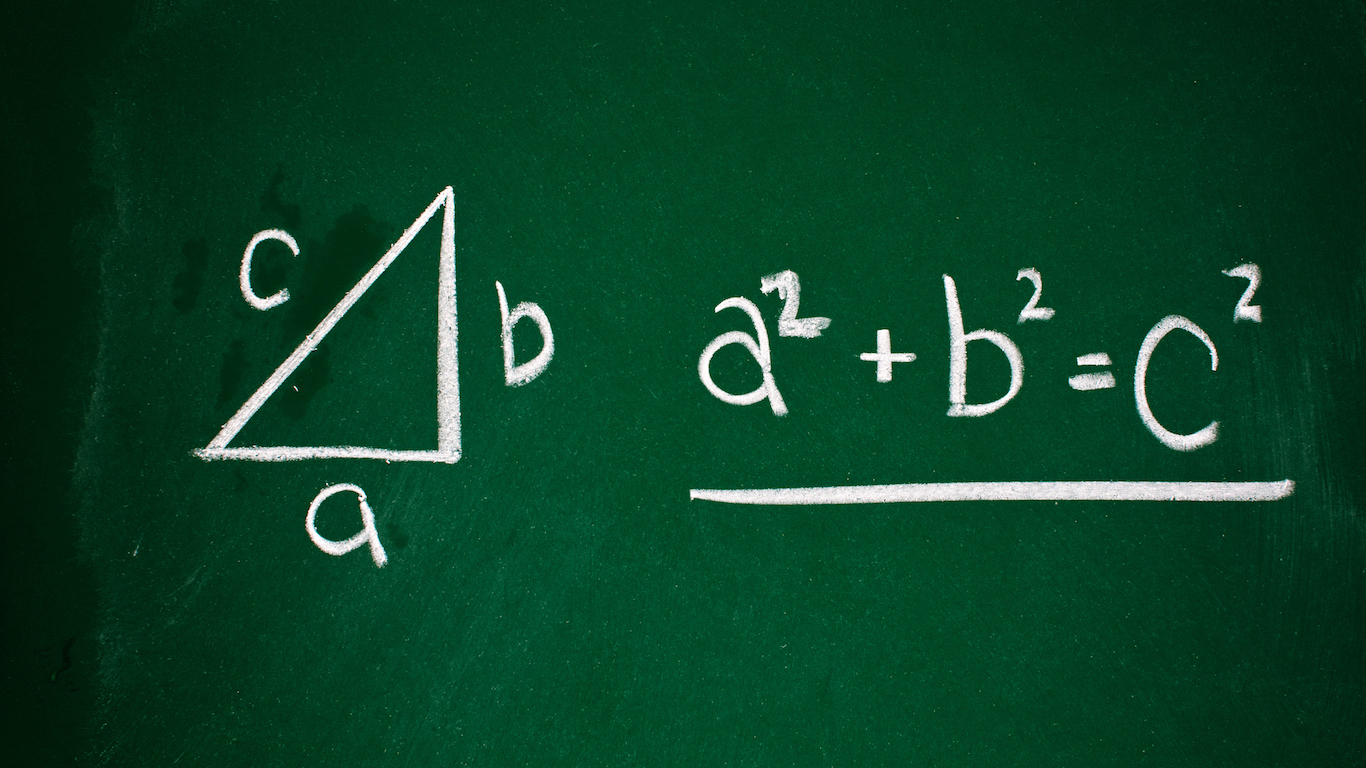
4. Pythagorean theorem
> Discovered by: N/A
> Year discovered: N/A
> Application: Architecture, astrophysics, navigation, surveying
A staple of early geometry, the Pythagorean theorem states that in a right-angle triangle, the sum of the square of shorter legs is equal to the square of the hypotenuse — the side opposite the right angle — or A2 + B2 = C2.
Though it is attributed to Pythagoras, the mathematician Euclid may have been the first one to note this property of right triangles, though Babylonians may have figured it out centuries earlier as well. It may feel simple now, but it was one of the most profound early mathematical breakthroughs. As one of math’s basic building blocks, the Pythagorean theorem is used in many fields. While its use in surveying and navigation — the theorem helps GPS systems triangulate our location from space — may be more intuitive, fields such as video game design, astrophysics, and many others also rely on the theorem.
[in-text-ad-2]

5. Basic reproduction number
> Discovered by: N/A
> Year discovered: 1951
> Application: Epidemiology
The basic reproduction number is a concept developed to estimate the potential number of people who could be affected by a contagious disease from the introduction of a single case into an uninfected population. The formula is useful in its ability to predict how different diseases, such as malaria, dengue fever, and HIV/AIDS, spread within a given population. It depends on how infectious a virus is, how long a person remains infectious, and the number of people that the already infected person comes into contact with within a population.
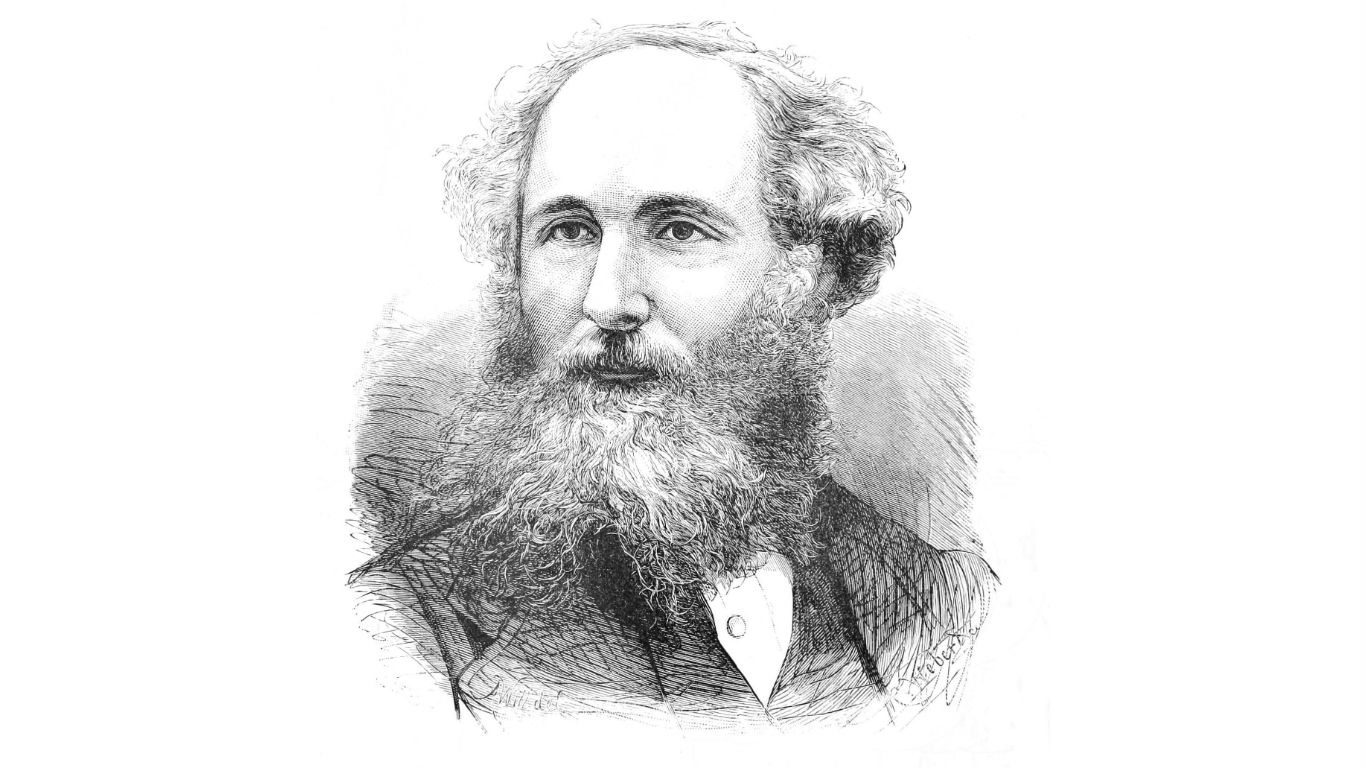
6. Maxwell’s equations
> Discovered by: James Clerk Maxwell
> Year discovered: 1861-1862
> Application: Electronics
Though most electronic equipment familiar the world over today — including computers, televisions, and cell phones — were invented in the 20th century, none of it would have been possible without the work of Scottish physicist and mathematician James Clerk Maxwell in the 19th century. Maxwell’s best known and most impactful work is a series of four equations that describe how electric and magnetic fields propagate and interact with one another and other foreign objects. The equations are the basis of electromagnetism, optics, and electric fields — and similar to Newton’s laws of gravity, the equations can be applied universally.
[in-text-ad]
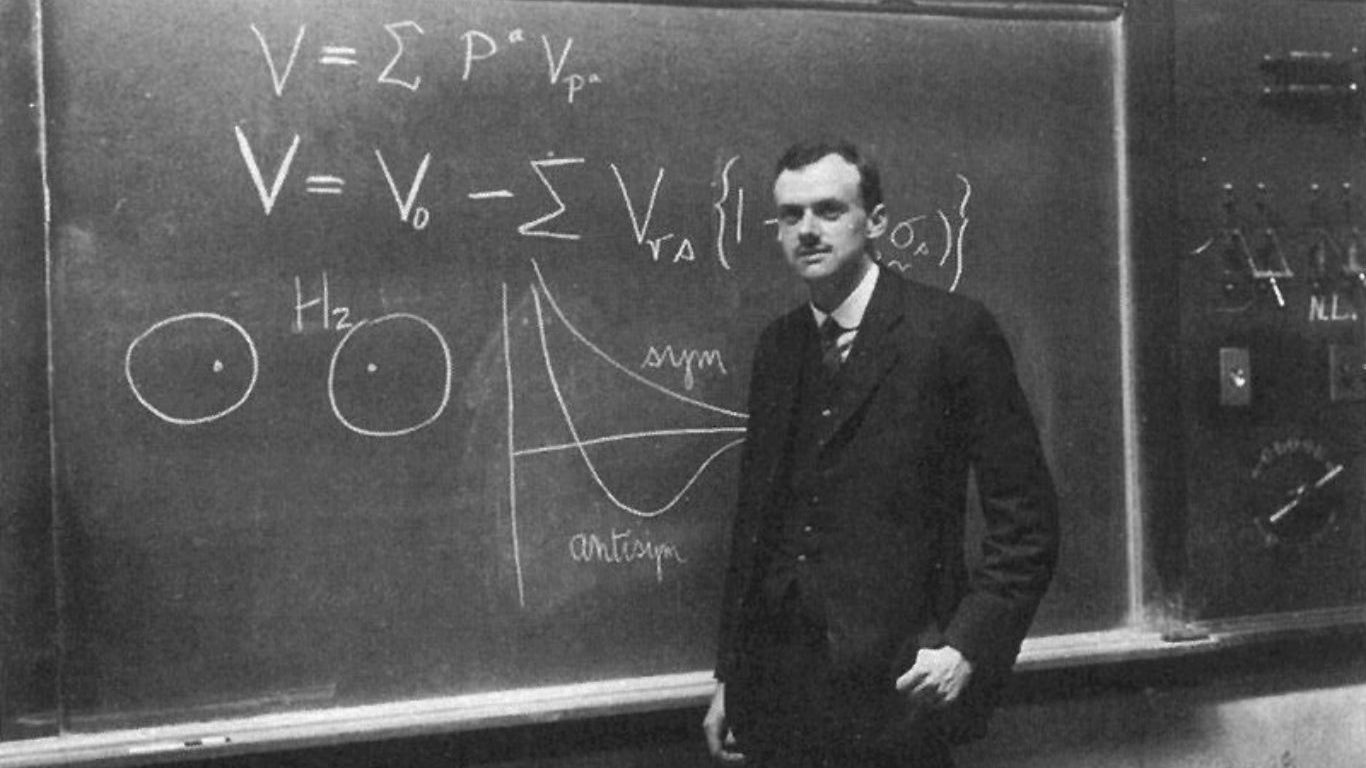
7. Dirac equation
> Discovered by: Paul Dirac
> Year discovered: 1928
> Application: Modern quantum mechanics
Scientists made international headlines in 2012 when they announced the observation of the Higgs boson particle, which essentially validated the leading theory about why particles have mass. But nearly 100 years before the Higgs boson was finally observed, already in the 1920s, physicist Paul Dirac derived the Dirac equation.
The equation explains what happens when tiny particles such as electrons travel close to the speed of light. The equation, which combined Einstein’s special theory of relativity with quantum mechanics, gave scientists a much better understanding of the fabric that makes up our universe. In fact, the equation apparently predicted the existence of antimatter decades before it was discovered.

8. Second law of thermodynamics
> Discovered by: Sadi Carnot
> Year discovered: 1824
> Application: Internal combustion engine
When French physicist Sadi Carnot studied steam engine efficiency in the early 19th century he uncovered the second law of thermodynamics. Thermodynamics is a field of physics concerned with the relation between heat and force or energy, and the second law of thermodynamics states that as heat is transferred or transformed, its quality deteriorates over time. This wasted, unusable energy is referred to as entropy. In other words, within a closed system — such as the universe or an engine — any process will progress in the direction of increasing disorder, or entropy. The second law of thermodynamics effectively proved that perpetual motion is impossible. Practically, it paved the way for a number of modern conveniences, including the refrigerator and the internal combustion engine.
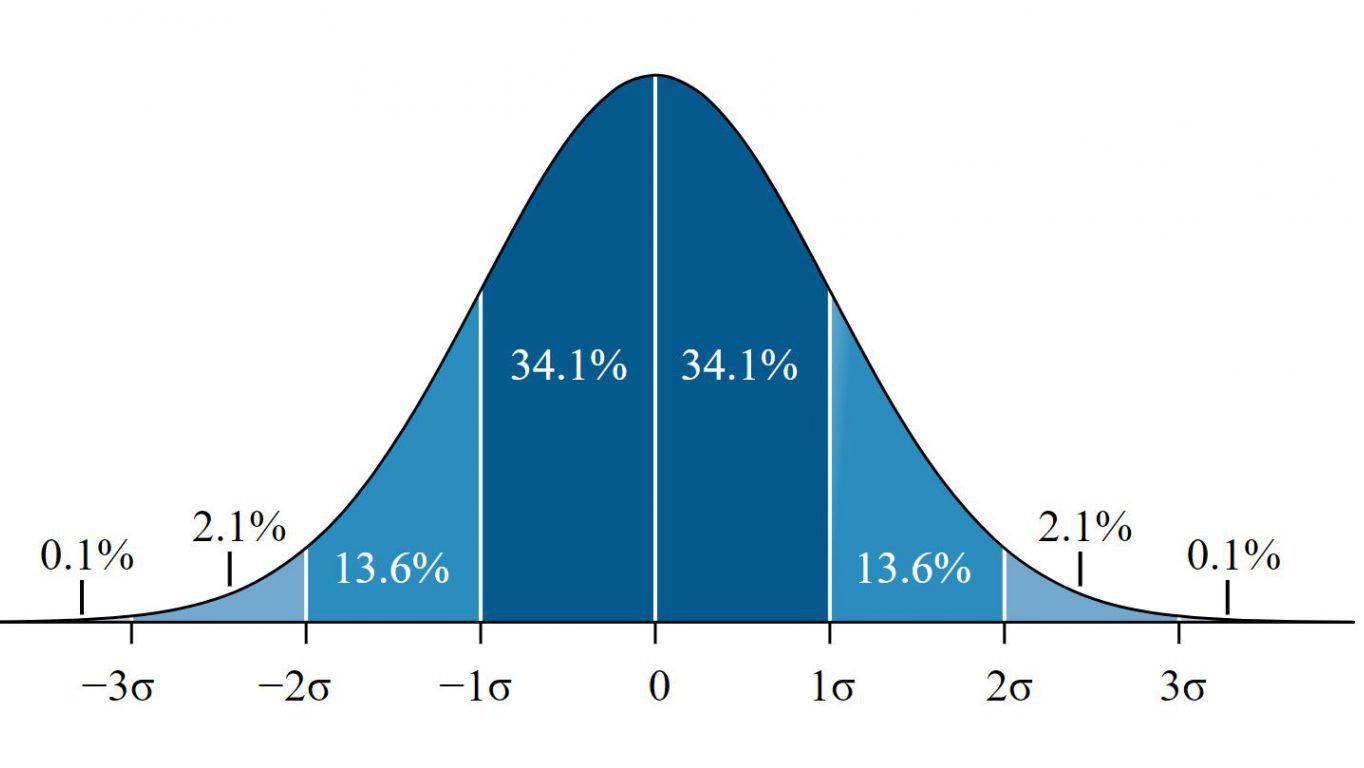
9. Normal distribution
> Discovered by: Carl Friedrich Gauss
> Year discovered: 1809
> Application: Statistics, economics
Normal distribution is a method developed by German mathematician Carl Friedrich Gauss in the early 19th century. Normal distribution, also referred to as Gaussian distribution, represents the distribution of many random variables as a symmetrical bell-shaped graph. The theory gave way to the now familiar bell curve model, widely used in statistical reports in multiple scientific disciplines to identify standard deviation from the mean of a given data set.
The normal distribution, while perhaps the best known, is not Gauss’s only contribution to mathematics. His body of work proved to be highly influential, moving the fields of algebra, geometry, and planetary astronomy forward. Even after his death in 1855, Gauss’s unpublished works continued to influence contemporary researchers.
[in-text-ad-2]

10. Shannon’s information theory
> Discovered by: Claude Shannon
> Year discovered: 1949
> Application: Data storage, the internet, computers
Though it may not have the same name recognition as Newton’s laws or the theory of relativity, it is difficult to comprehend the impact Shannon’s information theory has had on the world, largely because of its implications for computing. Bell Labs scientist Claude Shannon proposed it as a way of determining the efficiency of a code in 1949. The equation turned information into a quantifiable, measurable unit.
This breakthrough was the beginning of the world’s shift from analog to digital as it allowed people to convert messages into binary, the system of ones and zeroes that computers use to operate. It allowed people to share information over long distances, as unlike analog signals that are difficult to recover as they weaken with distance, binary code is easier to recover even when weakened. Now, any time you listen to an MP3 file or view an image sent as a JPG, you can thank Shannon’s information theory.

11. Euler’s identity
> Discovered by: Leonhard Euler
> Year discovered: 1748
> Application: N/A
Swiss mathematician Leonhard Euler first wrote the identity, which is known as the “most beautiful equation” in all of mathematics for its simplicity and the way it links seemingly unrelated numbers and combines disciplines of math. The formula, eiπ+1=0, brings together geometry and algebra and contains five of the most essential mathematical constants.The constant “e” represents an irrational number that describes continuous growth, while “i” is an imaginary number representing the square root of negative 1. Pi is the ratio of a circle’s circumference to its diameter. These seemingly unrelated — and somewhat curious — numbers are linked in such a way that raising e to the power of the imaginary, or i, multiplied by pi simply equals -1. Adding 1 equals 0. This seems mind boggling, yet it is a proven identity.
[in-text-ad]

12. Newton’s laws of motion
> Discovered by: Isaac Newton
> Year discovered: 1687
> Application: Comprehension and mastery of natural laws of physics
Isaac Newton is responsible for laying down the basic foundations of much of physics with his three laws of motion. The first states that an object in motion remains in motion and an object at rest remains at rest, unless forces act on it. The second states that the force of an object is equal to its mass multiplied by its acceleration. The third law states that for every action, there is an equal and opposite reaction.
Though they seem elementary to us now, Newton’s discoveries gave us the basic tenets to understand motion. These rules made possible inventions like cars and spaceflight.

13. Ohm’s Law
> Discovered by: Georg Ohm
> Year discovered: 1827
> Application: Electronics
What is now known as Ohm’s law is a concept developed by German physicist and mathematician Georg Ohm in 1827. The law states that in a perfect conductor, voltage is directly proportional to current. All circuit design can be expressed through Ohm’s law. Because of Ohm’s law, we now have electric heaters, kettles, phone and laptop charges, speed control fans, and certain kinds of light bulbs.
Sponsored: Find a Qualified Financial Advisor
Finding a qualified financial advisor doesn’t have to be hard. SmartAsset’s free tool matches you with up to 3 fiduciary financial advisors in your area in 5 minutes. Each advisor has been vetted by SmartAsset and is held to a fiduciary standard to act in your best interests. If you’re ready to be matched with local advisors that can help you achieve your financial goals, get started now.